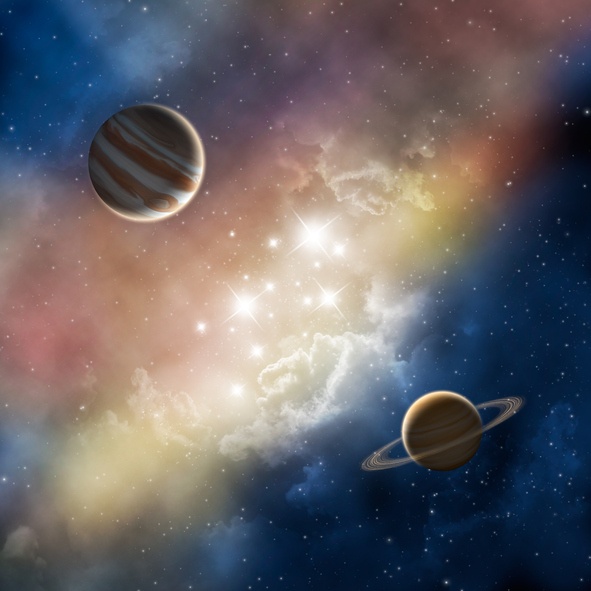How many hours a day do you spend looking down at paperwork, or into a screen? Optometrists recommend a 20-20-20 rule to ease eye strain: Every 20 minutes, look at something 20 feet away for 20 seconds. Stretches and exercises are helpful to relieve neck, shoulder, hand, and back fatigue.
Taking a brisk walk can be even more restorative. But now that half the earth – and most of its population – is experiencing shorter days and weak sunlight, getting outside tends to be a dim proposition.
So why not take in the night sky? This December, Jupiter and Saturn will be visible to us as close as they have been in 400 years. On December 21, a telescope or binoculars will show you the two largest planets side by side, with their moons. Bundle up, find a place away from ambient light, and take in the beauty of what my family likes to call ‘sky jewelry.’
For general stargazing, Travel & Leisure maps out the 10 best spots in seven countries around the world: Chile, Costa Rica, France, Japan, South Africa, Sweden, and the United States (Utah, Hawaii, New Mexico, California).
Of course, even during our short days, the sky offers no shortage of breathtaking views, some of the most gorgeous of which recently have been at sunrise: a bank of clouds creating a literal silver line as the sun rises behind it. One morning was so foggy that the rising sun looked like a fireball throwing off flames.

Clouds are their own sources of astounding artistry. They can be dramatic, forbidding, peaceful, or present us with a story-book tableau that looks like a Ben & Jerry’s ice cream pint. To quote a character in Swedish mystery writer Kjell Eriksson’s “The Cruel Stars of the Night:”
“I collect clouds,” Lars-Erik said and leaned forward, looking up at the sky. “It is like an enormous art exhibition. I like to stand out in my yard and watch nature give me fresh exhibitions every day, and to top it off it’s free. Have you ever thought about how the sky can give rise to the most unbelievable formations?”
As 2020 draws to a close and we await a COVID-19 vaccine, may the simple splendor of our natural world provide some peace and beauty, even in the dark.


